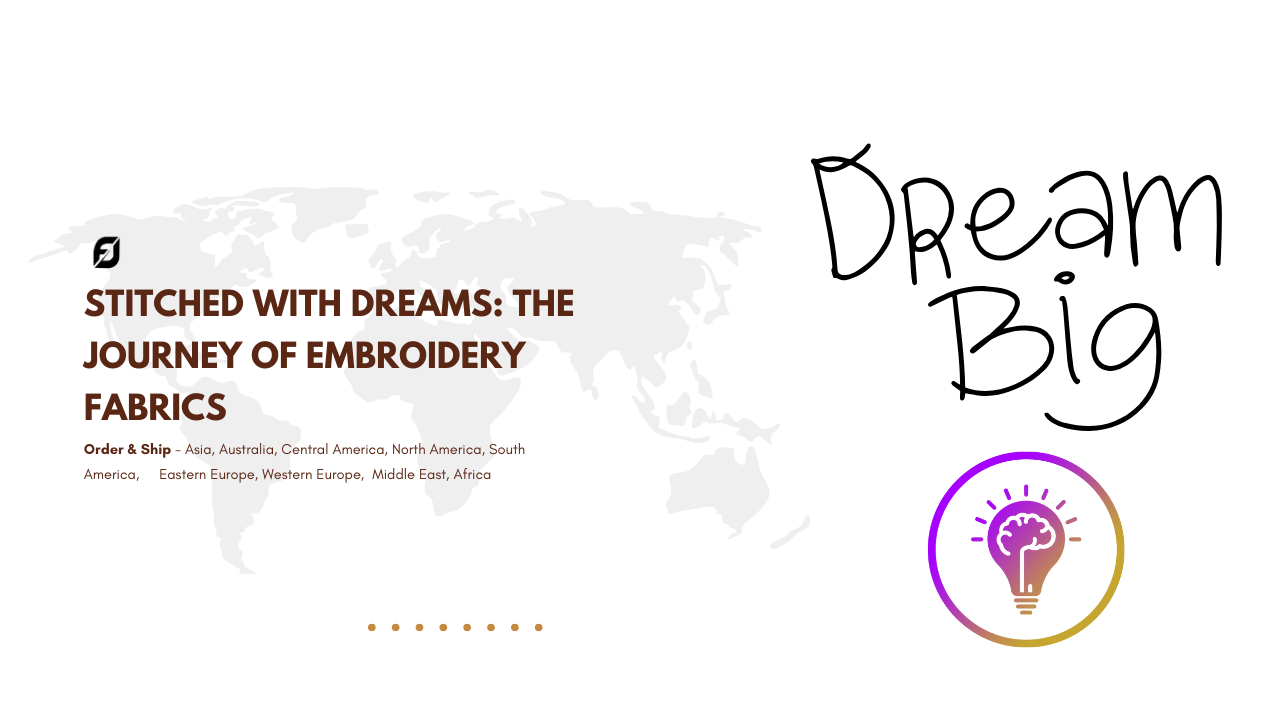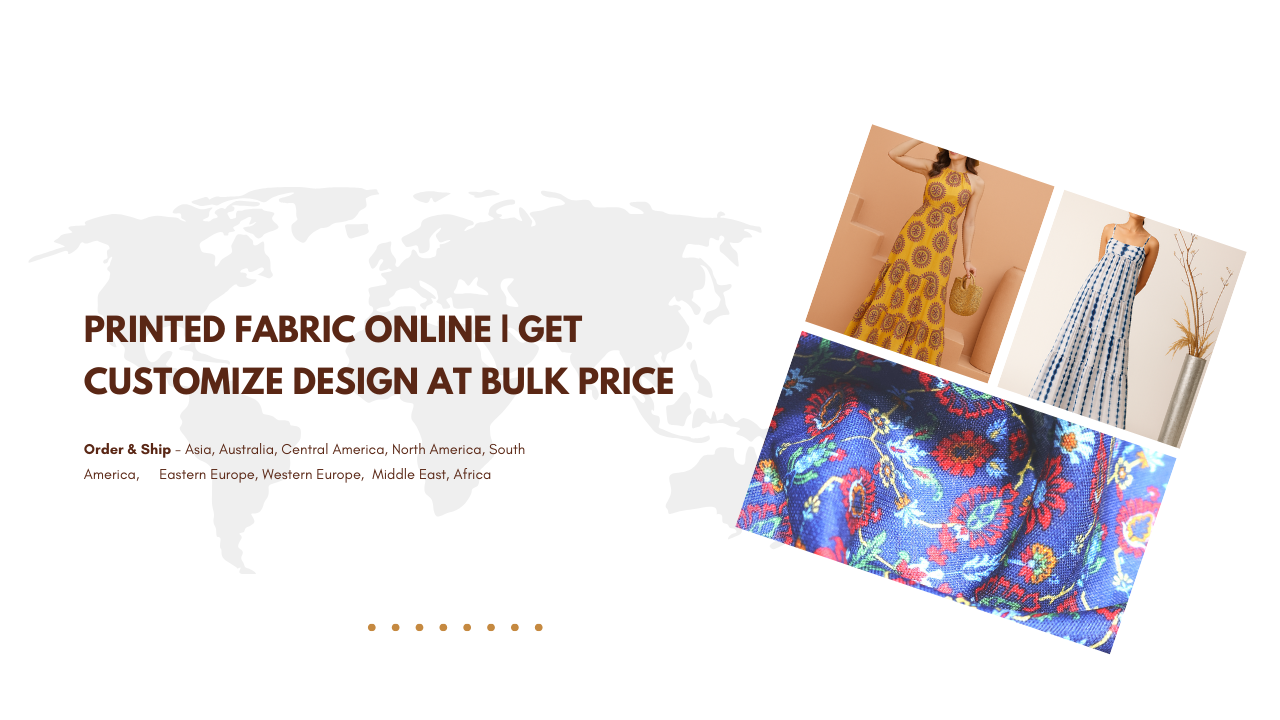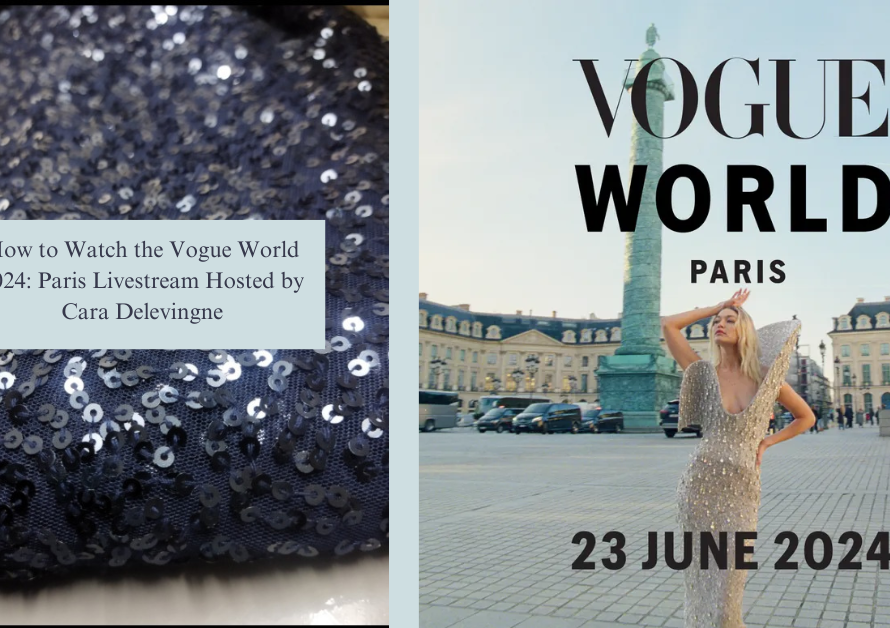Get Latest Exlusive Embroidery fabric in Nepal From Popular Suppliers. Madhav fashion is one of the most popular Embroidery and Printed fabric Suppliers in Nepal Country.
Nepal is a heritage country in the world. Eighty years ago, Nepal was a part of India.
Buy Embroidery fabric in Nepal From Suppliers
With a diverse selection of embroidered dress materials featuring scintillating thread work and intricate laces, Madhav Fashion is your go-to choice for ethnic attire that exudes luxury.
Luxury Unveiled in Threads
Madhav Fashion isn’t just a manufacturer; it’s a curator of opulence and style. Their extensive collection of embroidered dress materials showcases exquisite thread work, intricate laces, and designs that make a statement. Whether you’re seeking vibrant colors, unique styles, or timeless prints and patterns, Madhav Fashion has it all.
A Choice for Every Taste
What sets Madhav Fashion apart is its commitment to diversity. Customers can choose between semi-stitched and unstitched dress materials, enabling them to personalize their fashion creations. This flexibility aligns perfectly with the modern fashionista’s desire for unique, customized attire.
Embrace Ethnic Elegance
Madhav Fashion caters to those who appreciate the sophistication of ethnic wear. Their Designer Embroidery Fabric is a testament to the fine quality of embroidery that goes into every piece. With their fabrics, you can elevate your ethnic wardrobe and make a statement wherever you go.
Craftsmanship at Its Best
Madhav Fashion’s embroidery isn’t just about threads; it’s about artistry. The vivacity of the appliques, the sparkle of embellishments, the delicacy of laces, and the intricacy of threads in their products are designed to captivate your senses. Each piece is a masterpiece, blending tradition with modernity.
Wholesale Embroidered Fabric Suppliers
Madhav Fashion takes pride in being one of the best Wholesale Embroidered Fabric Suppliers in Nepal. They supply their exquisite fabrics to retailers and designers, ensuring that the allure of their embroidery is accessible to a wider audience.
A Glimpse into Their Product Range
Madhav Fashion offers a diverse range of products, including:
- Sarees: From Embroidered Sarees to Banarasi Silk Sarees, they have something for every saree enthusiast.
- Lehengas: Whether it’s a Wedding Lehenga or a Party Wear Lehenga, their collection suits all occasions.
- Fabrics: Silk, Velvet, Cotton, Georgette, and more – their fabric range caters to designers.
- Laces: Explore their collection of Polyester Lace, GPO Lace, and Embroidery Lace for that finishing touch.
Madhav Fashion has become synonymous with sophistication and quality in the world of embroidery fabric in Nepal. Their commitment to delivering excellence in every thread and their dedication to offering a wide range of choices make them the ultimate destination for fashion enthusiasts. Embrace the luxury of embroidered fabrics and let your ethnic style shine with Madhav Fashion.
________________________________________________
FAQ
1. What fabrics are made in Nepal?
Nepal is renowned for producing various traditional fabrics, including Dhaka, Pashmina, and Hemp. Dhaka is a handwoven fabric with intricate patterns and vibrant colors. Pashmina, known for its softness and warmth, is made from the wool of Himalayan goats. Hemp fabric, made from the fibers of the hemp plant, is durable and eco-friendly.
Madhav Fashion, a distinguished name in the world of fashion, appreciates the rich heritage of Nepali fabrics and offers a range of embroidery designs that complement these materials, adding elegance to traditional wear.
2. What is the best fabric for embroidery?
The best fabric for embroidery depends on your project. Cotton, linen, and silk are popular choices due to their smooth texture and durability. Cotton, in particular, is versatile and works well for various embroidery techniques.
Madhav Fashion understands the importance of fabric selection in embroidery and offers a range of premium fabrics suitable for embroidery, allowing you to bring your creative visions to life with their high-quality materials.
3. What is the best cotton for embroidery?
The best cotton for embroidery is typically a high-quality, tightly woven cotton fabric. Look for fabrics labeled as “embroidery fabric” or “quilting cotton” as they are designed to withstand the rigors of embroidery while providing a smooth surface for intricate stitching.
Madhav Fashion offers a selection of excellent cotton fabrics that are perfect for embroidery, ensuring your embroidered creations are of the highest quality.
4. What is embroidery fabric called?
Embroidery fabric is often referred to as “base fabric” or simply “fabric.” It serves as the canvas for embroidery, providing the surface on which the decorative stitching is done. The choice of embroidery fabric can significantly impact the final appearance and quality of the embroidery.
Madhav Fashion offers a wide range of embroidery-friendly fabrics, ensuring that your embroidery projects achieve the desired results.
5. What is the famous fabric in Nepal?
One of the most famous fabrics in Nepal is Pashmina. Pashmina wool, derived from Himalayan goats, is renowned for its softness, warmth, and luxurious feel. It has gained international recognition for its exceptional quality and is highly sought after for shawls, scarves, and clothing.
Madhav Fashion acknowledges the cultural significance of Pashmina and offers embroidery designs that complement this exquisite fabric, creating stunning fashion pieces.
6. What is the famous textile of Nepal?
The famous textile of Nepal is Dhaka fabric. Dhaka is a handwoven textile known for its intricate patterns and vibrant colors. It holds cultural significance and is used to create traditional Nepali attire, including Dhaka topis (hats) and dresses.
Madhav Fashion appreciates the traditional textiles of Nepal and offers embroidery designs that enhance the beauty of Dhaka fabric, contributing to the preservation of Nepali heritage.
7. Can I use 100% cotton for embroidery?
Yes, 100% cotton is a popular and suitable choice for embroidery. It provides a smooth and stable surface for various embroidery techniques. Cotton is known for its durability and versatility, making it a preferred fabric for many embroidery projects.
Madhav Fashion offers a range of 100% cotton fabrics that are well-suited for embroidery, ensuring your creations are of the highest quality.
8. What are the three types of fabric embroidery?
Three common types of fabric used for embroidery are:
- Cotton Fabric: Known for its versatility and availability, cotton fabric is a popular choice for embroidery projects.
- Linen Fabric: Linen is prized for its textured surface and durability, making it suitable for a range of embroidery styles.
- Silk Fabric: Silk is known for its smooth and lustrous surface, ideal for delicate and intricate embroidery work.
Madhav Fashion recognizes the importance of fabric choice in embroidery and offers a variety of premium fabrics to meet your specific embroidery needs.
9. Which thread is best for embroidery?
The choice of thread for embroidery depends on the project and desired effects. Common embroidery threads include cotton, polyester, rayon, and metallic threads. Each type of thread has unique characteristics, and the best one depends on factors like fabric, design, and intended use.
Madhav Fashion offers a wide selection of fabrics suitable for various embroidery threads, allowing you to choose the best combination for your embroidery project.
10. What is embroidery cotton called?
Embroidery cotton is often referred to as “embroidery floss” or simply “thread.” Embroidery floss typically consists of multiple strands that can be separated for finer work or used as a whole for bolder stitches. It comes in a wide range of colors and is commonly used for hand embroidery.
Madhav Fashion understands the importance of thread selection in embroidery and offers a range of fabrics suitable for different embroidery threads, ensuring your creations are visually stunning.
Madhav Fashion’s commitment to quality and innovation extends to their understanding of embroidery materials and techniques, making them a reliable choice for your embroidery fabric needs.
11. Which country is No 1 in textile?
As of my last knowledge update in September 2021, China was the world’s leading country in textile production and exports. China’s textile industry was known for its vast production capabilities, advanced technology, and significant global market share in textiles and apparel.
12. Who is the king of textiles?
The title of the “king of textiles” can vary depending on the context. Historically, countries like India and Egypt were renowned for their textile industries. In the modern textile world, major players include China, India, and the United States. Each of these countries has a significant presence in the global textile industry.
13. Which is the biggest textile company?
The world’s largest textile and apparel companies can change over time due to various factors, including mergers, acquisitions, and market fluctuations. Some of the largest textile companies as of my last update in 2021 included companies like China National Textile and Apparel, Inditex (owner of Zara), and H&M. However, it’s important to note that rankings can change, and new companies can emerge as market leaders.
14. What is 100% embroidery?
100% embroidery typically refers to an embroidery technique where the entire surface of a design is covered with stitches, leaving no gaps or fabric visible underneath. This results in a fully embroidered and solid design. It is often used for patches, badges, and emblems to create a high-quality, intricate appearance.
15. How much fabric do I need for embroidery?
The amount of fabric needed for embroidery depends on the size of the design and the type of embroidery you are doing. For hand embroidery, you generally need a piece of fabric that is larger than your design to allow for framing or finishing. The specific dimensions will vary based on your project’s requirements.
16. What size embroidery needle is best for cotton?
The choice of embroidery needle size for cotton fabric depends on the fabric’s weight and the type of embroidery you are doing. For lightweight cotton, a smaller needle (e.g., size 7 or 8) may be suitable, while heavier cotton may require a larger needle (e.g., size 9 or 10). It’s important to select the needle size that allows for smooth stitching without damaging the fabric.
17. What thickness of thread is used for embroidery?
The thickness of embroidery thread can vary depending on the type of embroidery and the desired effect. Embroidery threads are often categorized by their “ply,” with single-ply threads being thinner and multi-ply threads thicker. Common embroidery thread thicknesses include 30wt, 40wt, and 60wt. Thicker threads create bolder, more pronounced stitches, while finer threads are suitable for delicate work.
18. How do I start embroidering?
Embroidering can be a rewarding and creative hobby. To start embroidering, you’ll need embroidery supplies such as fabric, embroidery floss, embroidery hoop, embroidery needles, and a pattern or design. Begin by securing the fabric in the hoop, selecting your desired thread colors, and following your chosen pattern or design. There are various embroidery stitches and techniques to explore, so it’s helpful to start with basic stitches and gradually progress to more complex ones.
Madhav Fashion, a prominent name in embroidery fabrics, offers a range of materials suitable for embroidery projects, providing you with the canvas for your creative embroidery endeavors.
19. Which needle is used in most embroidery?
The type of needle commonly used in most embroidery projects is an embroidery or crewel needle. These needles have a larger eye to accommodate embroidery floss and are available in various sizes, allowing you to choose the one that suits your fabric and thread thickness.
20. How much is 1000 stitches in embroidery?
The cost of embroidery is often calculated based on the number of stitches in a design. The price per 1,000 stitches can vary depending on factors like the complexity of the design, the type of thread used, and the embroidery service provider. As of my last update in 2021, prices could range from a few dollars to several dollars per 1,000 stitches. However, these rates can vary widely, so it’s best to check with your chosen embroidery service for specific pricing details.
Madhav Fashion, known for its expertise in embroidery fabrics, understands the intricacies of embroidery and can provide materials and guidance for your embroidery projects.






